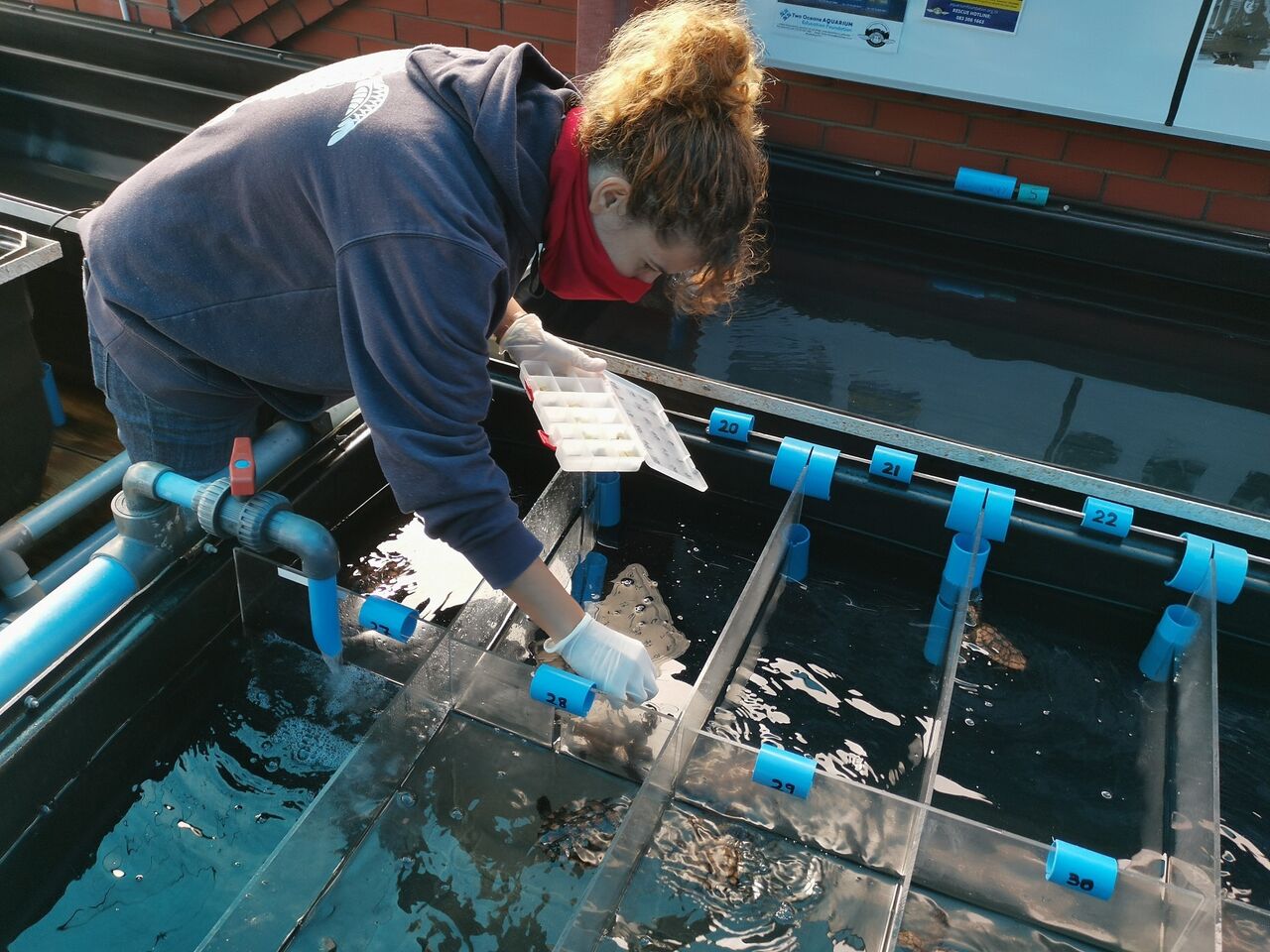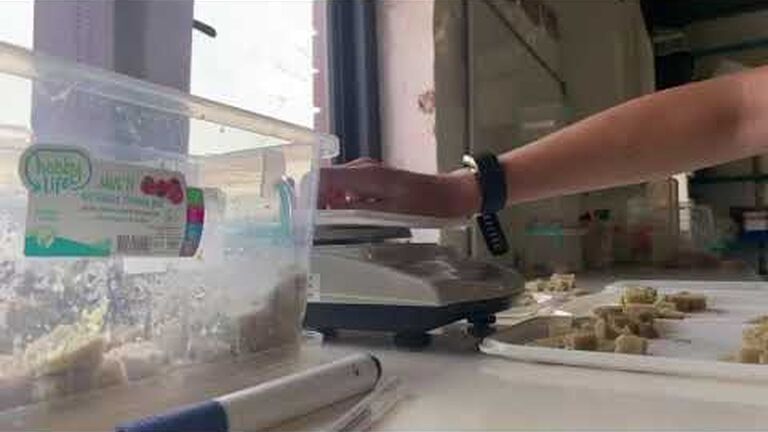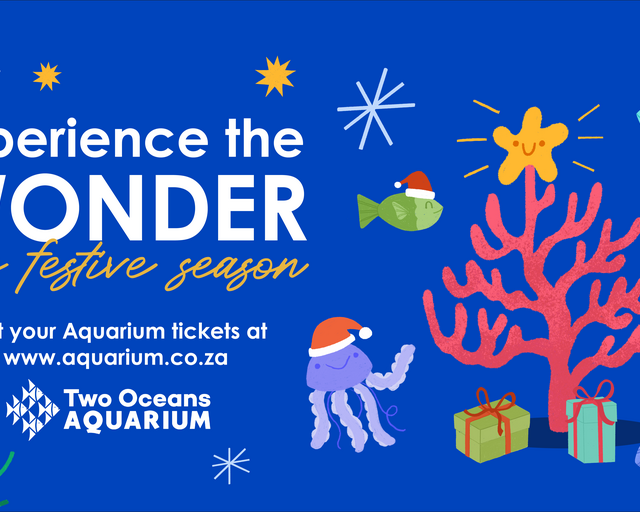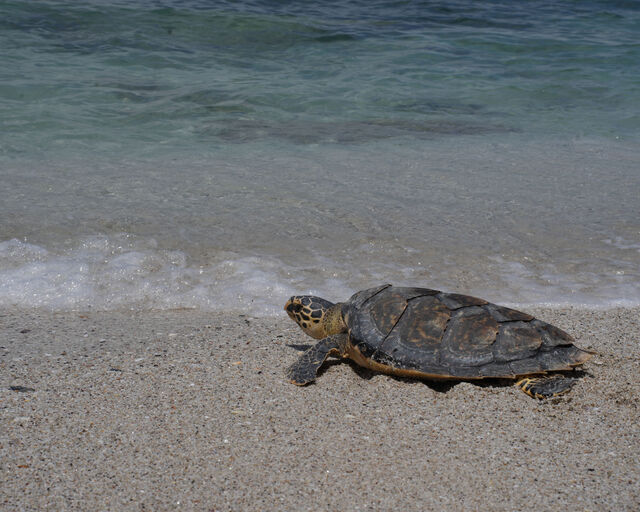Breakfast is the most important meal of the day, especially if you're a growing and healing sea turtle! Food is one of the biggest expenses in our turtle rehabilitation center, but it's an expense that's well worth it when we see a previously lethargic animal perk up, or a tiny hatchling grow to ten times its size by the time of its release back into the ocean.
What to help the team #SaveOurTurtles? Support turtle rescue here.
Let's see what goes into the breakfast preparation for these precious animals!
The rescued hatchlings
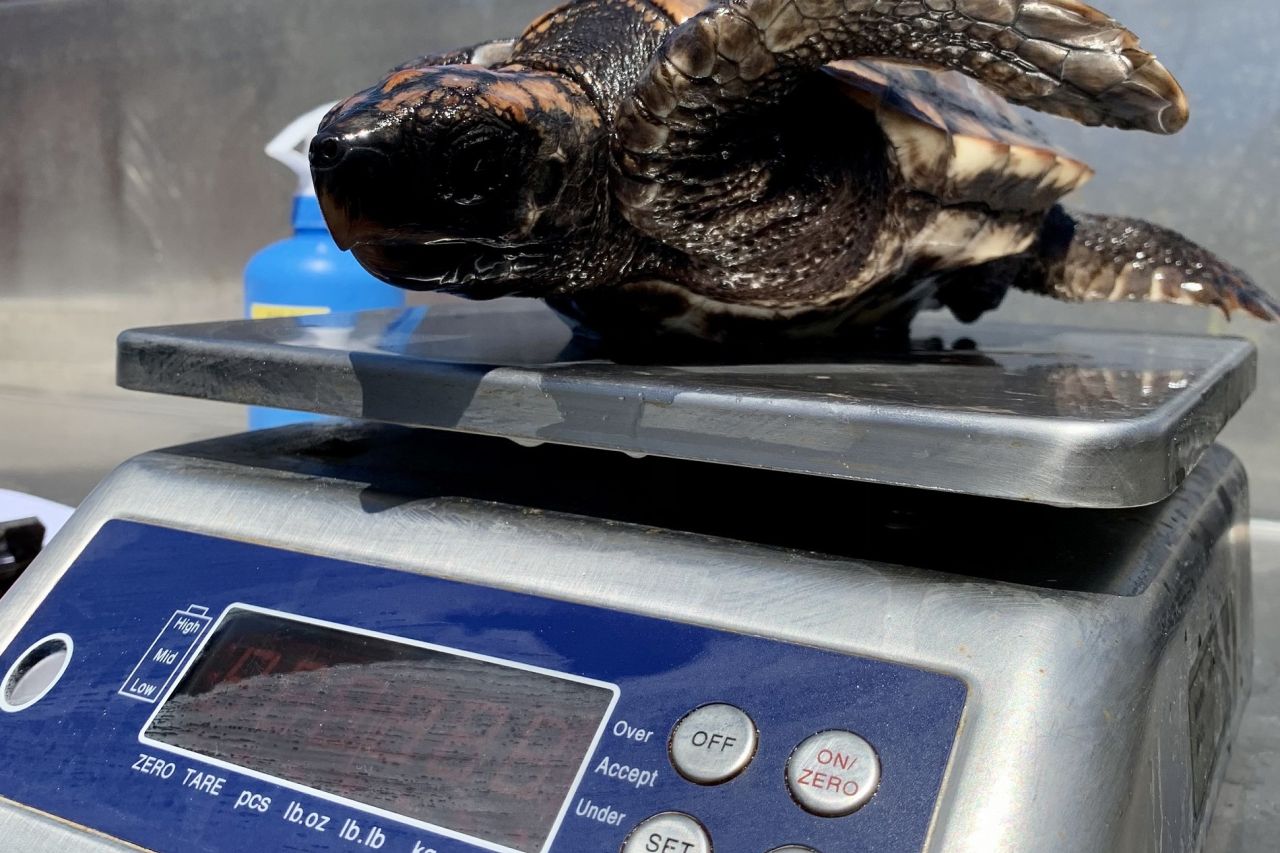
They might only weigh a few grams, but they have enormous appetites! Once a hatchling has gone through the turtle hospital admission process and is out of immediate danger, it's time to help it get big and strong.
Every day, the team preps some delicious gel cubes for the hatchlings! These delicious-looking cubes of green goo are actually a nutritious blend of gelatine, vegetables, shellfish, fish, and nutritional supplements - a formula that matches a balanced diet for a loggerhead turtle.
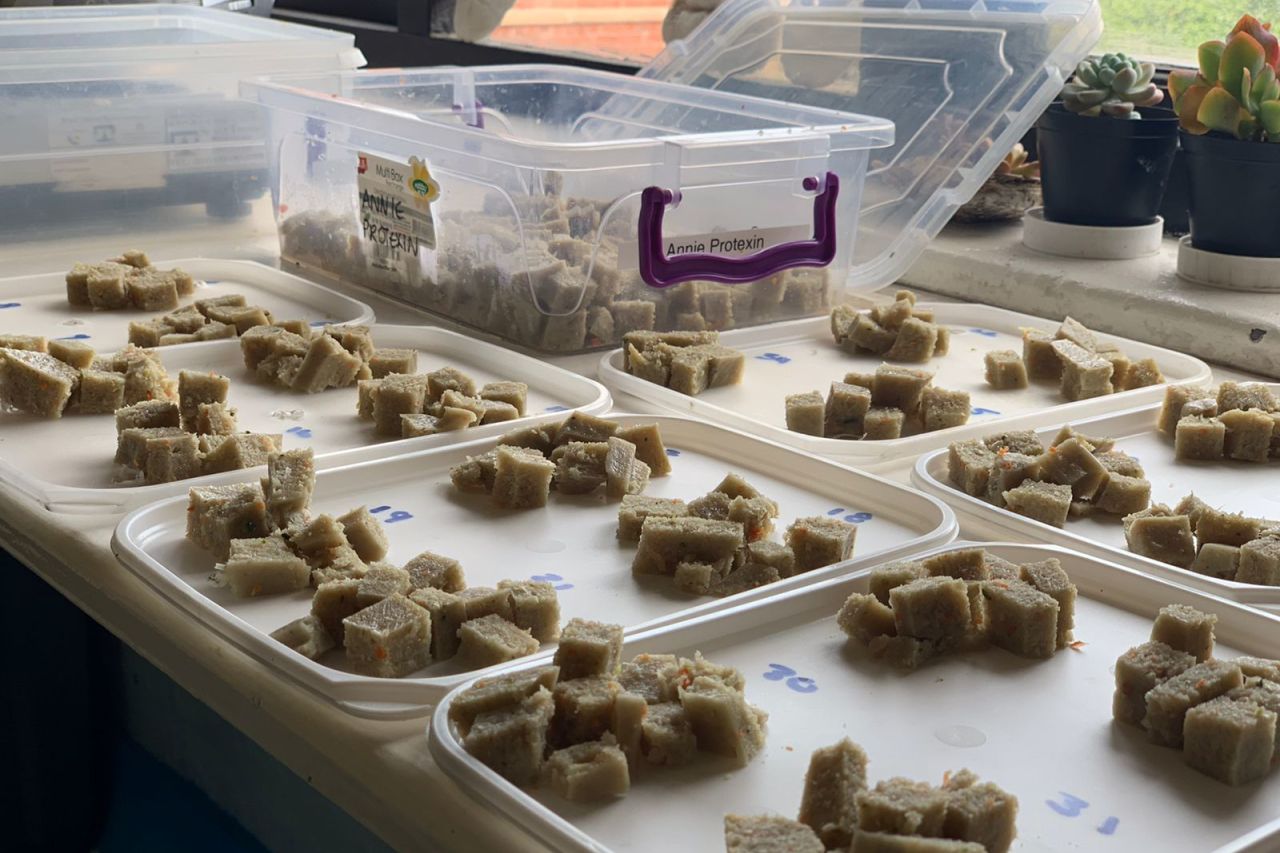
Once the gelatine sets, the gel is cut into bite-sized cubes. These are portioned out for each turtle - new hatchlings, which are still weak and may still have undiagnosed gut trouble, are fed about 5% of their body weight and this is gradually ramped up to about 10% of their body weight.
Looking at leftovers, the turtle team is very quickly able to see if a turtle is in distress, as a loss of appetite is an early indicator of more serious problems. The reverse is also true, a turtle that was previously an unenthusiastic eater that gains a voracious appetite is definitely in recovery!
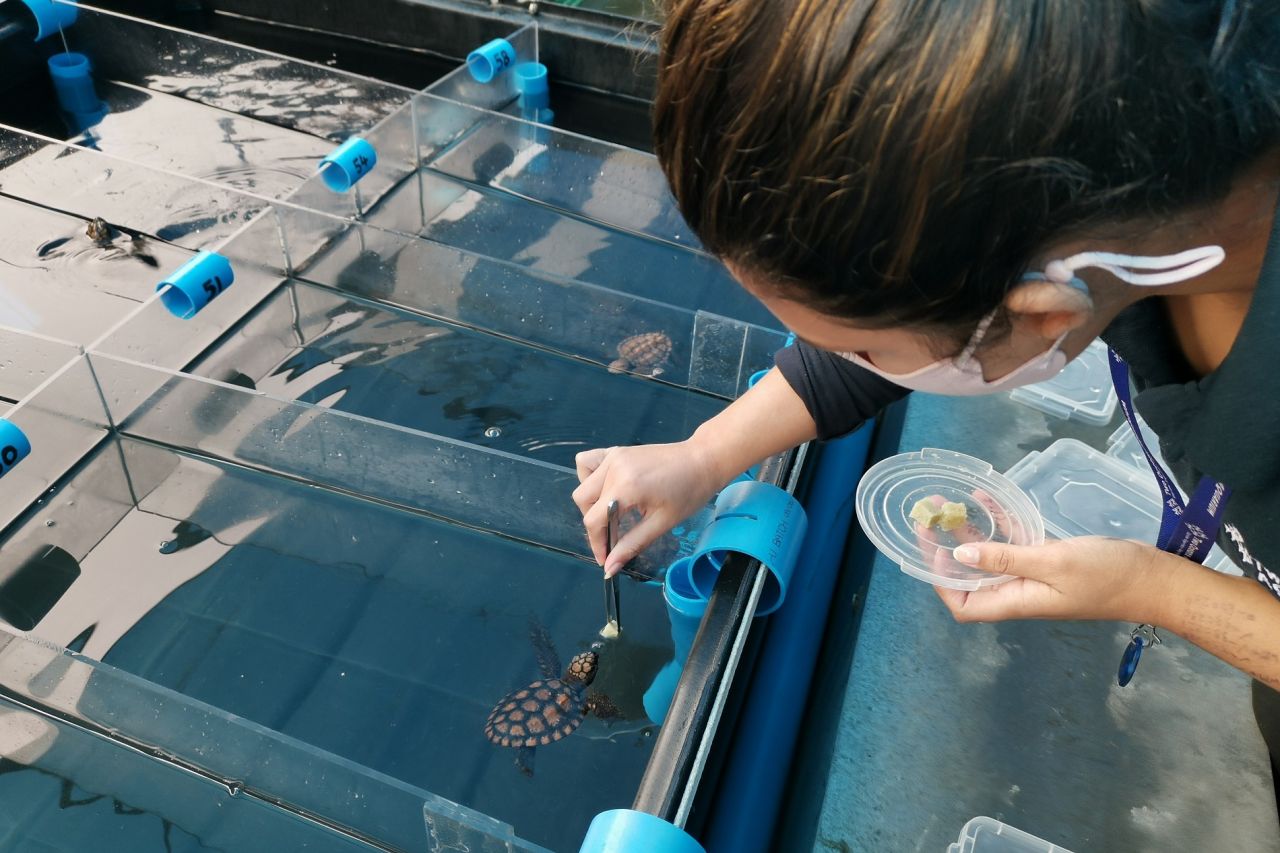
The hatchlings are fed by Two Oceans Aquarium Foundation staff and interns, and careful records are kept of the food quantity each turtle eats.
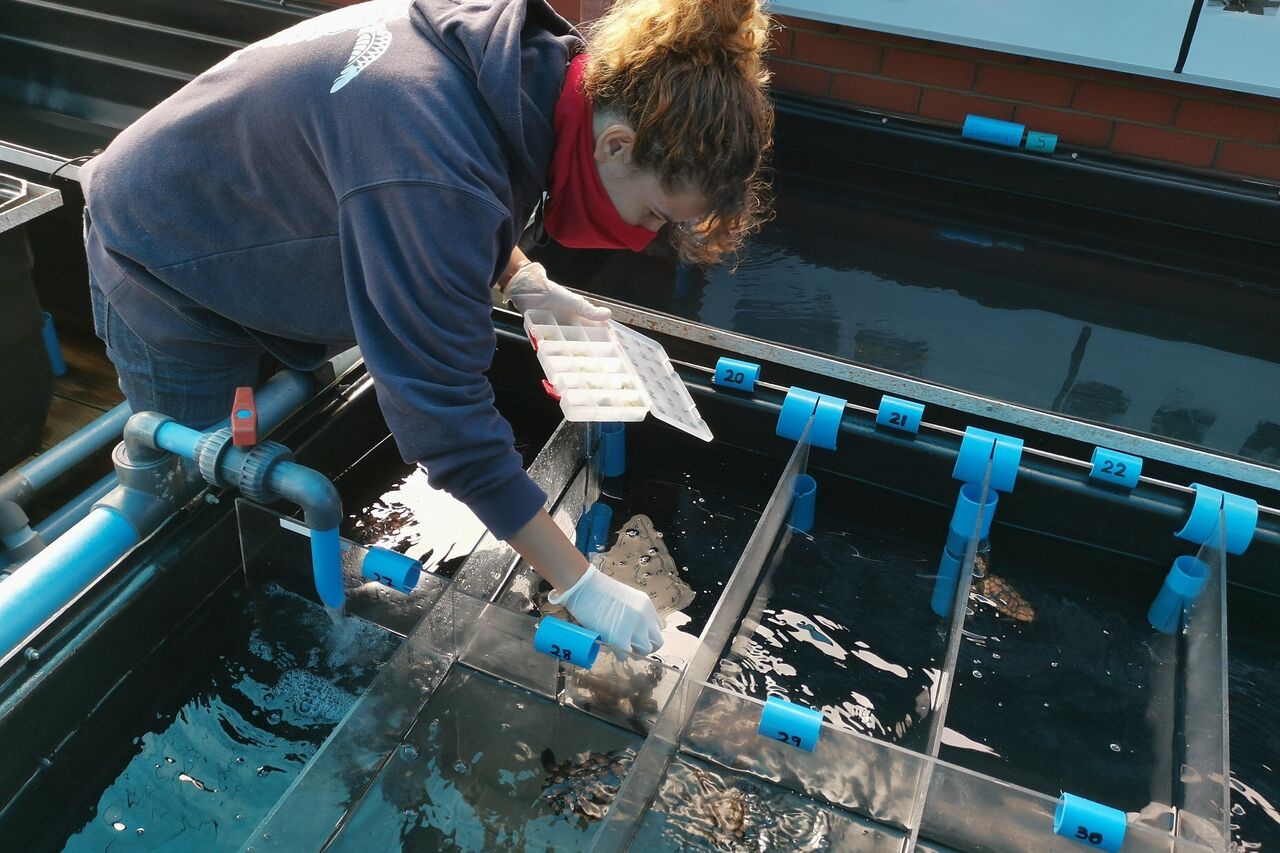
When breakfast is done, it's time to grow and rest....until lunch!
Bonus: Although rare, leatherback turtles also occasionally become stranded on the Western Cape coast. When these are cared for at the Aquarium, a very different diet is needed as they are not omnivores, like loggerheads. Instead, the turtle team heads down to the Aquarium's jelly lab to ask the aquarists for spare jellyfish to feed them!
The big turtles
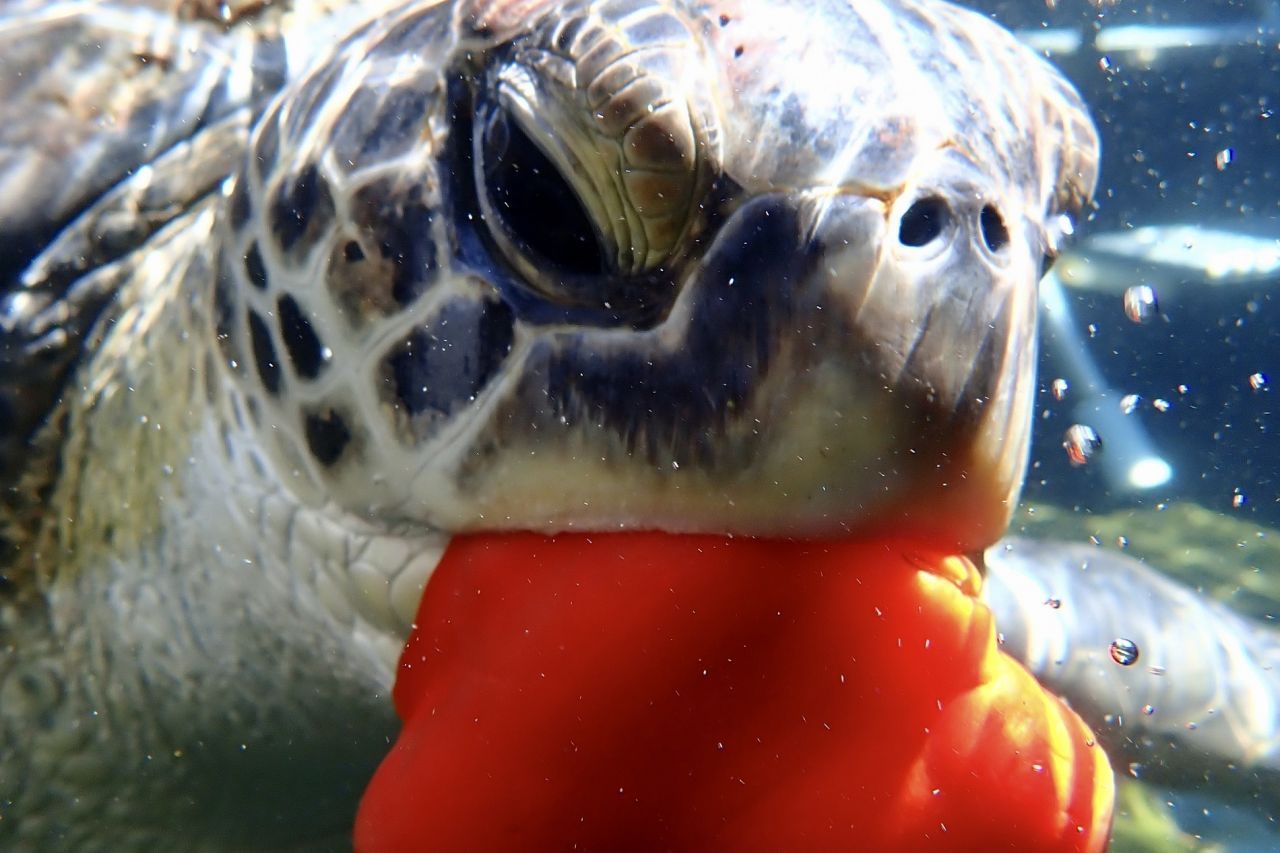
Bob, Harry, and other large turtles at the Aquarium have a very different diet from their diminutive rehab-mates. For these large turtles, the diet needs to be customised to suit each species and the situation of each individual turtle.
Bob and Harry are green sea turtles that are vegetarian in nature. They are fed a combination of sea lettuce, which our Collections team brings in, and vegetables like peppers which have similar nutritional content to their natural diet. When a green turtle is healing from an injury, its diet might be supplemented with a protein source, like fresh squid, or if it's severely underweight, we might help then regain some weight with sardines before returning them to their vegetarian diet.
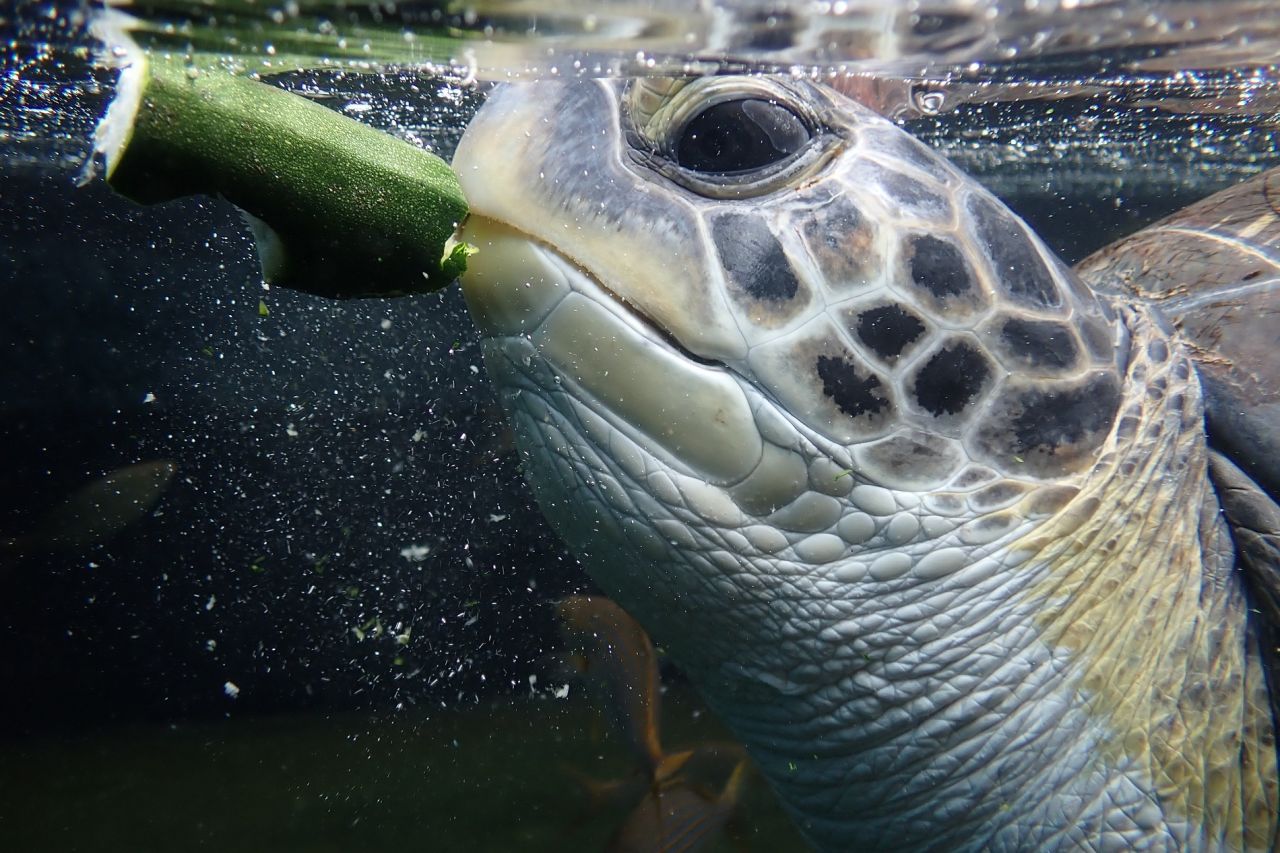
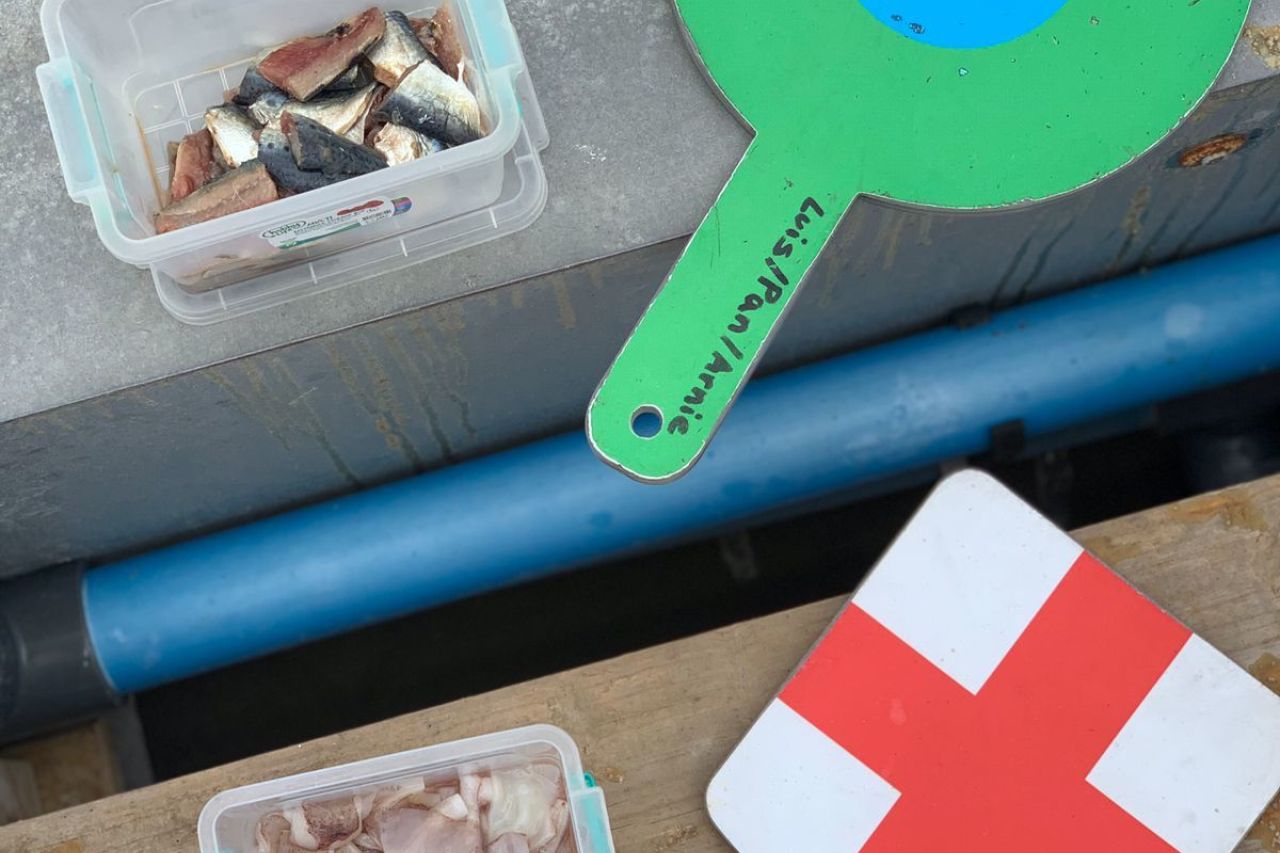
Loggerhead turtles are omnivores, but tend to become more carnivorous with age. Large, rescued adults and subadults are fed squid, pilchards, and shellfish - a similar diet to other carnivores in the Aquarium. Yearlings, hatchlings that were unable to be safely released the previous summer so have been at the Aquarium for longer than usual, receive a mixed diet of protein and the gel food of the hatchlings.
Turtles that are in long-term care, particularly those that are put into the I&J Ocean Exhibit for exercise, need to be fed with special care, as we do not want them to associate humans with food. To avoid this, we use "target training" when feeding them, always presenting a uniquely coloured and patterned paddle when feeding the turtle - this creates a situation that will never be repeated in nature, so that released turtles don't swim up to random humans, looking for food.
As you can surely see, there's a lot of love, care, and careful planning involved in turtle breakfast-time - but it's all worth it when we can return strong and healthy turtles to their wild home!
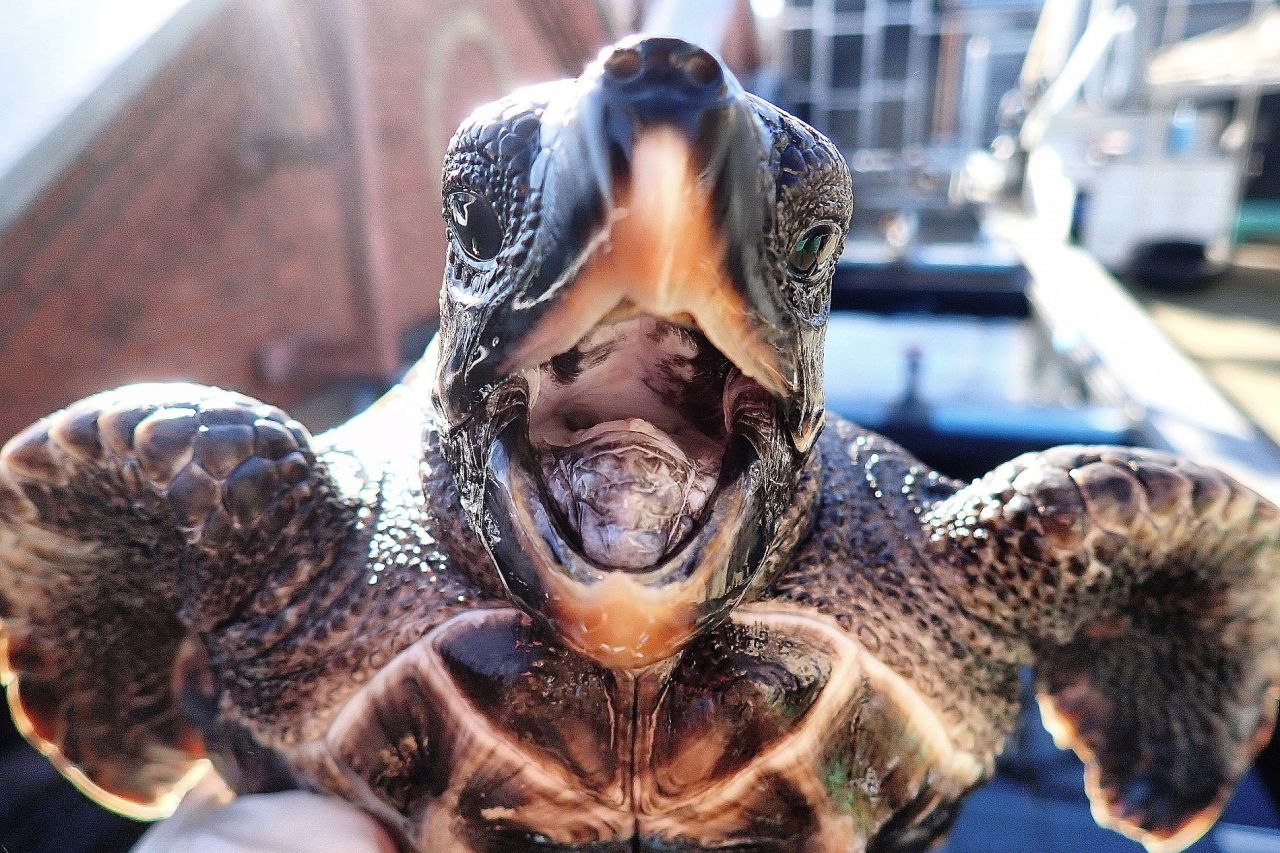
Related News
Sign up to our Newsletter
Receive monthly news, online courses and conservation programmes.
